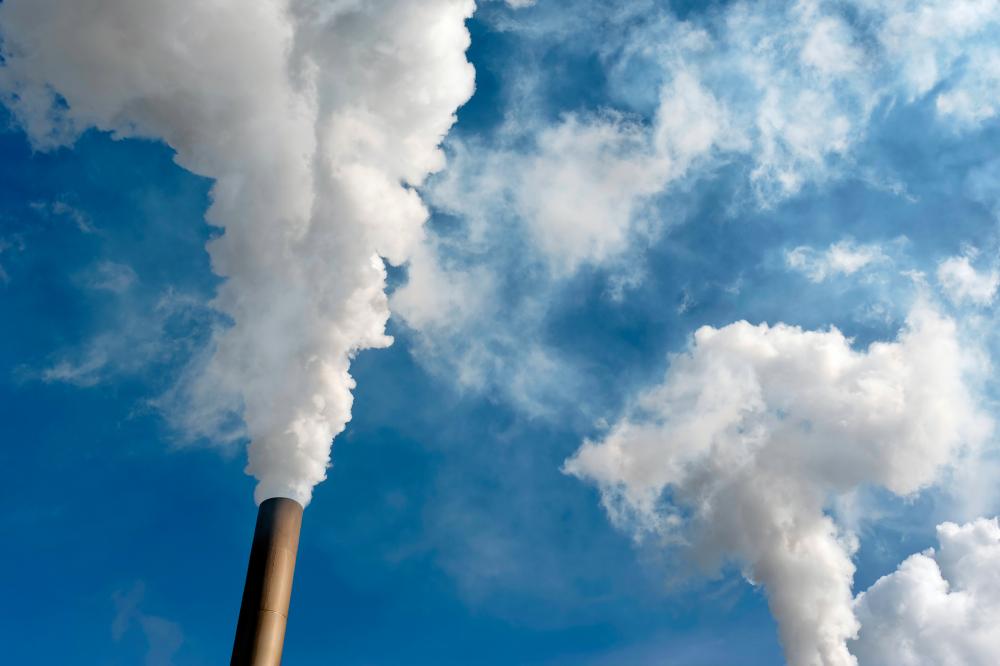The overall level of energy consumption nationwide should be cut by two-thirds by the end of the Fifth Five-Year Economic Development Plan (2016) and reach 50% of the present level by the end of the sixth five-year development plan (2016-21), a deputy of the Department of Environment said.
"The government is planning sustainable reduction in energy consumption by implementing a combination of price- and non-price measures," Saeed Motesaddi was quoted as saying by Shana. Motesaddi called for a move toward "low-carbon economy" to minimize the emission of greenhouse gases, and in particular carbon dioxide.
"Energy and raw material production is carried out with little CO2 emission in a low-carbon economy," he said.
Improving the public transport system by providing easy and inexpensive access to means of transportation, boosting power plants' efficiency, diversifying power generation resources such as renewables (wind, solar) and expanding the number of small-scale plants and production of thermal electricity are among measures that can help lower energy consumption.
The official said practicing low-carbon economy is one of the pillars of fighting climate change and would "effectively increase fossil fuel efficiency and curb CO2 emission."
He also said carbon dioxide emissions can be significantly reduced by turning to hybrid vehicles using two or more distinct power sources such as electricity and gasoline, insulating old buildings and implementing smart energy management systems in constructions.
World Polluters
The official said CO2 emission in Iran rose by 8.4% annually in the 2000s, marking the country as one of the biggest carbon dioxide emitters of the past decade.
A report by the US Energy Information Agency ranked Iran seventh in the list of 20 countries with the highest carbon dioxide emissions in 2011.
Iran produced a total of 624 million metric tons of CO2 in that year, or 8.02 mmt per capita, only behind the world's largest economy China (8715 mmt), the US (5490 mmt), Russia (1788 mmt) who was the world's biggest oil producer at the time, the world's second most populous nation India (1725 mmt), Japan (1180 mmt) and Europe's most industrialized country Germany (748 mmt).
Price Shock
The only time the rising level of carbon dioxide emissions saw a backward trend in Iran was in 2010, when the government of former president Mahmoud Ahmadinejad implemented the first phase of the country's controversial Subsidy Reform Plan.
Under a five-year plan started in December 2010 and promoted as an “economic revolution,” Iran began slashing three-decades-old subsidies on sensitive energy and food items, replacing them with cash payments.
However, Motesaddi said the plan merely served as a "temporary shock" to gasoline prices, adding that fuel consumption, and equally CO2 emission, reverted to its previous levels shortly after.
The reform plan was put into practice three years after the introduction of smart fuel cards, a measure to help reduce consumption and keep track of the number of vehicles across the country. Motesaddi stressed that the government did not come up with a concrete plan to revise the unacceptable energy consumption pattern in Iran, virtually leaving the issue in limbo.
As a last-ditch effort to lower fuel consumption and curb pollution, the government earlier this year liberalized gasoline prices, among other fuels, hoping that the price hike would encourage car owners to consume gasoline more judiciously.


